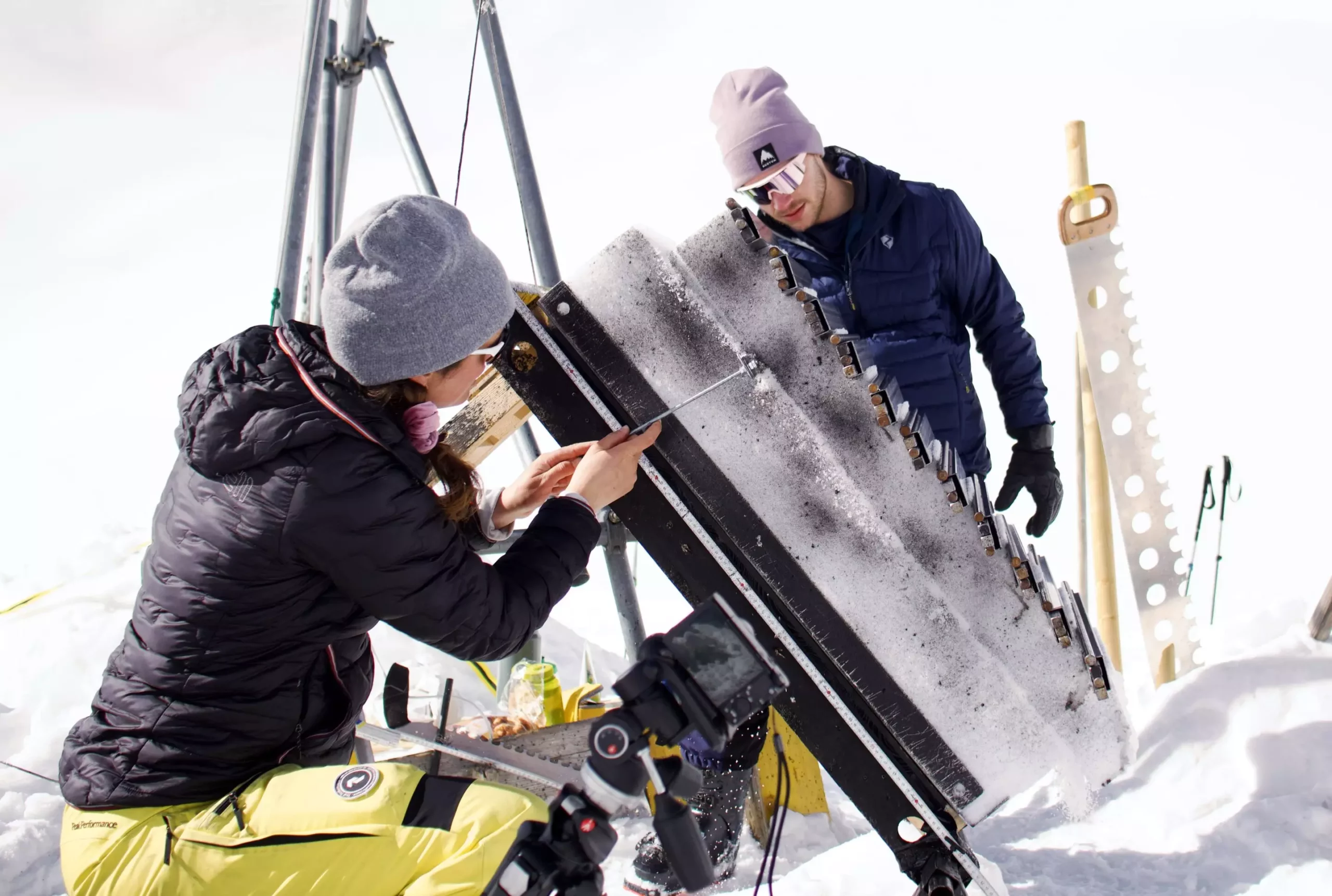Snow, often perceived as a fluffy blanket on mountain slopes, conceals a complex interplay of forces within its layers. The seemingly harmless powder can become a perilous hazard when conditions alter. One critical phenomenon that intrigues scientists is the occurrence of avalanches, particularly caused by a weak layer beneath the surface. Recent studies have illuminated the lesser-known mechanics of snow fractures, shedding light on a particular type of fracture known as “anticracks.” Understanding these fractures not only helps predict avalanches but also enhances our overall knowledge of material science and engineering.
Anticracks represent a unique type of fracture that can lead to significant movements within snow layers. Even a single person could apply enough pressure on the snow to provoke a collapse of this weak layer, triggering an avalanche. While many aspects of avalanche behavior have been explored, the fundamental mechanical properties that dictate these processes remain inadequately understood. This knowledge gap poses challenges for scientists and avalanche forecasters alike. The implications of these findings extend beyond snow; they touch upon the study of materials that exhibit similar weak layers, like sedimentary rock.
In an effort to bridge this critical knowledge gap, a team of researchers led by Dr.-Ing. Philipp Rosendahl from TU Darmstadt has made a significant breakthrough as documented in their research published in *Nature Communications*. The study introduced new methodologies to measure the fracture toughness of these weak snow layers in controlled field conditions. The researchers aimed to devise an experimental setup and a mechanical model capable of analyzing the dynamics of snow behavior under stress and measuring the strength of weak layers.
Valentin Adam, who contributed significantly to the project for his doctoral research, underscored the novelty of their approach. By creating controlled anticracks in a laboratory setting, the team could systematically observe the conditions that lead to crack propagation and the subsequent failure within the snow. This controlled experimentation marks a pivotal advancement over previous studies that struggled to generate reliable data on the effects of shear loads, a primary force affecting snow stability.
Understanding Fracture Toughness through Experimental Techniques
The researchers’ experimental design involved constructing blocks of snow with embedded weak layers. These blocks were mounted on a sled and subjected to varying angles of tilt combined with compressive and shear forces. This experimental approach permitted the researchers to trigger and analyze the dynamics of anticracking. By progressively applying weights and creating cuts in weak layers, the team could observe how the snow would respond under stress, revealing critical insights into the fracture properties of snow.
The observations from this investigation revealed a counterintuitive conclusion: the crack propagation resistance was notably higher under shear-dominated conditions than under pure compression. This finding is especially important since avalanches predominantly occur on steep slopes, where shear forces are prevalent. It suggests that factors influencing tension and shear load interactions may play a vital role in avalanche dynamics, thus requiring further exploration within both the domains of material science and snow dynamics.
Interestingly, the implications of this research stretch beyond the confines of avalanche prediction. Understanding how weak layers behave under various loads can illuminate similar behaviors in other materials, including aerospace components that face mixed loading conditions. The research team established a power law that describes the threshold for crack propagation under mixed loads, demonstrating the relevance of these findings across different fields. Such insights can inform the design of lighter, more resilient structures and enhance material performance in challenging environments.
Moreover, the principles governing anticracking in snow can provide a template for investigating fracture processes in other porous materials, essentially broadening the applicability of the research findings. As our understanding of these complex mechanical properties advances, so too does our potential to mitigate risks associated with avalanches and improve the safety protocols surrounding mountainous terrains.
The study of anticracks in snow presents a promising avenue for unraveling the complexities of avalanche mechanics. The innovative approaches employed by researchers at TU Darmstadt offer a model not only for examining snow behavior but also for exploring the fracture mechanics of materials more broadly. As understanding deepens, predictive models may improve, and the strategies employed to manage avalanche risks will become ever more sophisticated. The interplay between scientific inquiry and real-world application underscores the critical need for continued research in this impactful area.


Leave a Reply